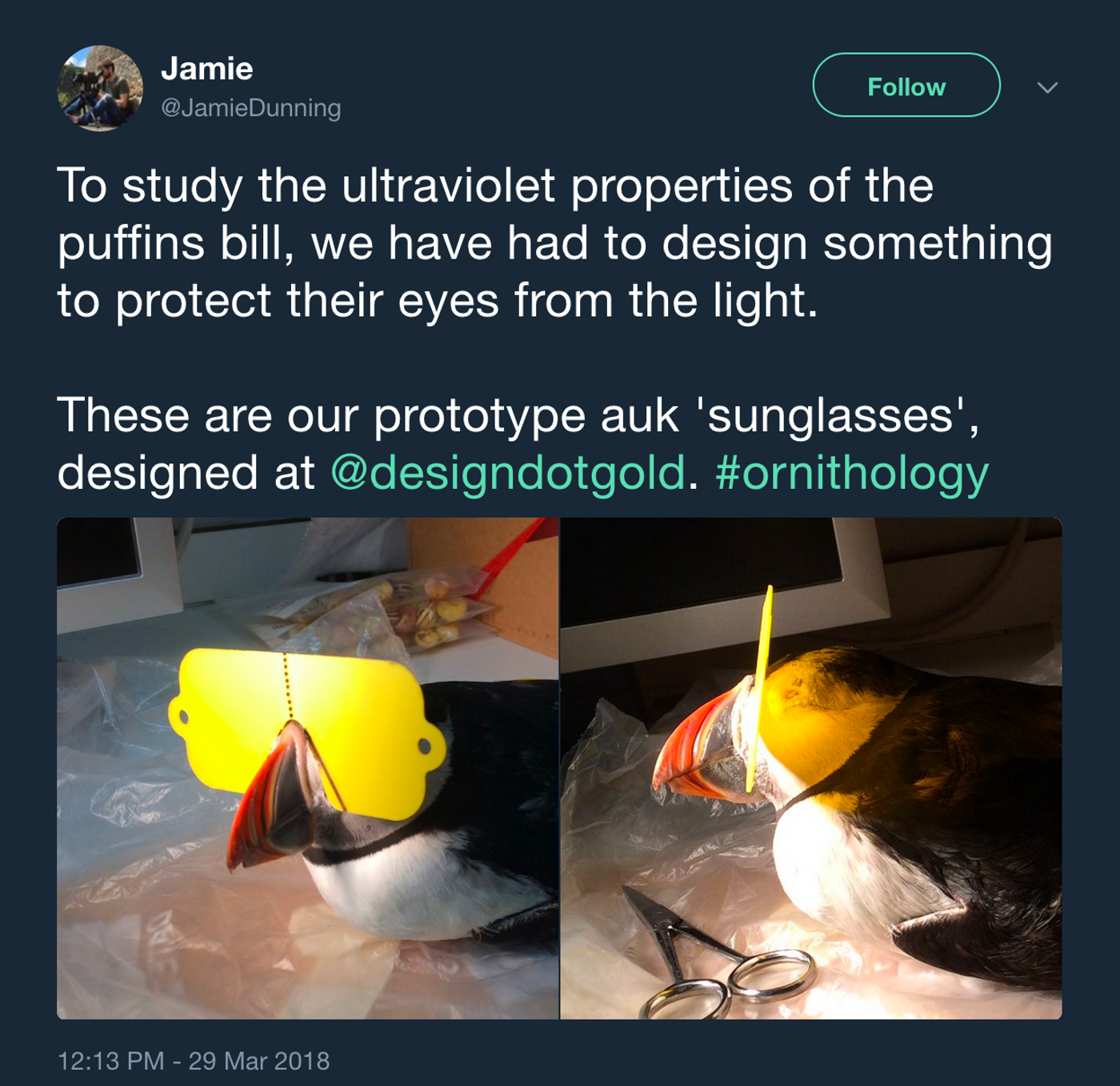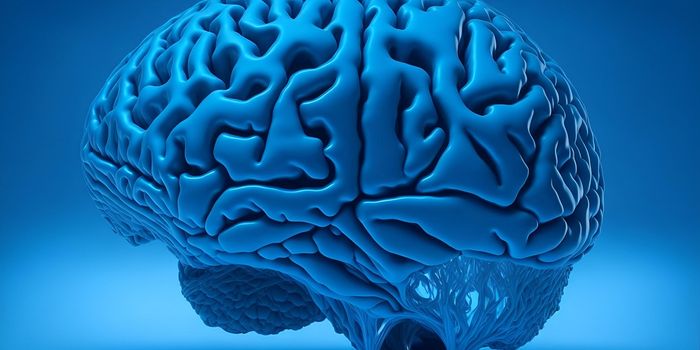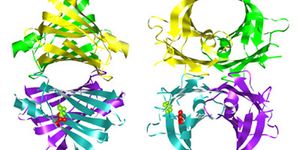Atlantic Puffins' Beaks Fluoresce Under UV Light, But Why?
Anyone that has ever laid eyes on an Atlantic puffin will tell you about its incredibly colorful beak, but it now seems that there’s more going on here than meets the eye (or human eye, we should say).
Jamie Dunning, an ornithologist at the University of Nottingham, knew that some birds sport fluorescent beaks, and wondered whether puffins’ beaks shared this quality. Fortunately, he had a spare puffin carcass hanging out at the lab, and so he shined an ultraviolet light on it to find out. To his surprise, parts of the beak fluoresced under the UV light.
Image Credit: Jamie Dunning/Twitter
The findings answer a straightforward question but give rise to others. For example, why do puffins have fluorescing beaks in the first place?
“It’s hard to say what it would look like [to them], we can’t comprehend that color space,” Dunning says. “But almost certainly it’s attractive to the birds. They must be able to see it — that’s the only reason it would exist.”
“The clues are there that this UV is an adaptation for sexual signaling,” he continued.
Related: Is this the first fluorescent frog ever discovered?
Like with other bird species, it could be a mating mechanism in which females become attracted to the male with the most handsome beak. On the other hand, making a simple assumption of this nature isn’t the scientific way of things, so Dunning went a step further to learn more.
Following some careful planning and development, Dunning crafted a few sets of UV-filtering sunglasses intended to fit the beaks of Atlantic puffins. The plan is to affix them to living Atlantic puffins to learn whether they behave differently when they can’t see the fluorescing beaks of others.
Image Credit: Jamie Dunning/Twitter
P.S. animal lovers. Don’t worry; no Atlantic puffins were harmed in the making of these UV-filtering sunglasses.
Atlantic puffins aren’t the only creatures on Earth that fluoresce, but every species likely uses this ability for different purposes. There’s a bit more research that needs to take place before scientists can accurately conclude why Atlantic puffins’ beaks fluoresce under UV light, but it should be interesting to learn from the results nevertheless.
Source: Smithsonian Mag, Twitter (1), (2)










